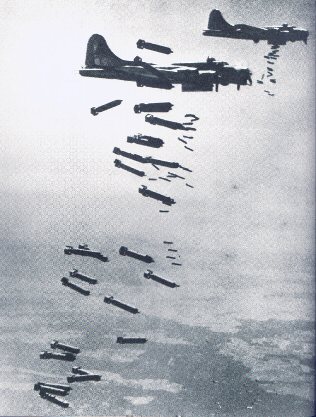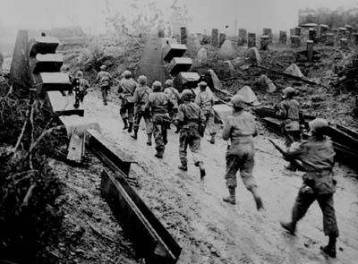
Tanks

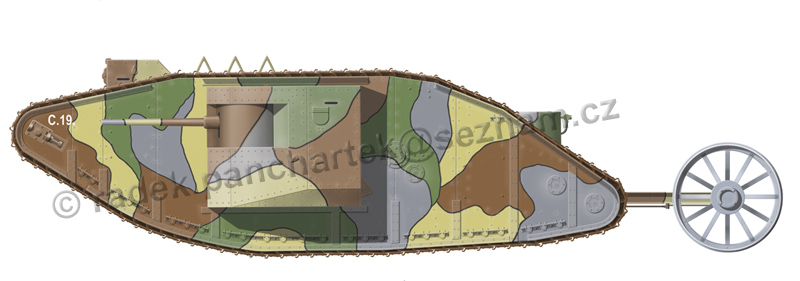
Churchill's "tanks"

Deliveries of Sherman tanks to Great Britain and "17lb gun"
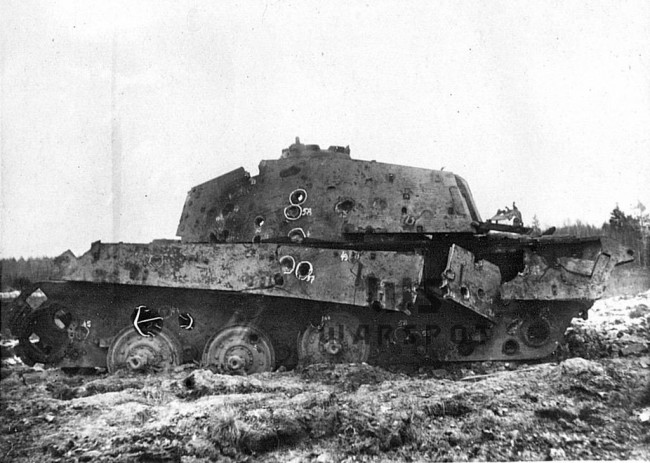
Fire at the Kingtiger! Resistance of a German heavyweight
Soviet test of the resistance of the German heavy machine to artillery weapons that existed at the time.
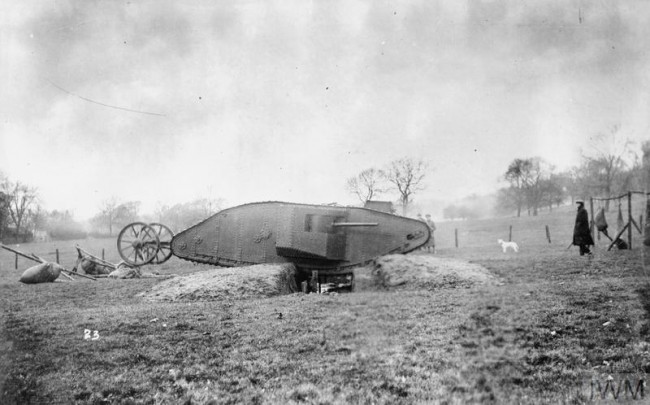
How the tank was born
Wars have accompanied mankind since time immemorial. And they evolve with it. The twentieth century marked an enormous turning point. Man invented the armoured tracked vehicle and used it to sweep away all previous conventions of warfare. Let us now go back to the very beginning of it all and, step by step, trace the development of armoured vehicles in the world and in Czechoslovakia.
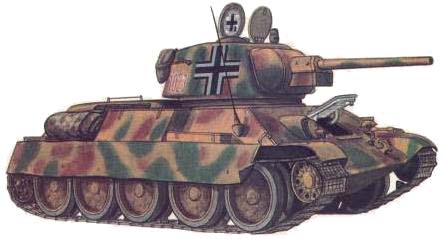
Panzerkampfwagen T-34(r) - the soviet T-34 tank in German service
"We didn't have anything like that," Major General FW Mellenthin, Chief of Staff of the XLVIII. Tank Corps.
"The best tank in the world", Field Marshal Ewald von Kleist, 1st Tank Army.
"This tank adversely affected the morale of the German infantry," General G. Blumentritt.
T-27 - tankette - dead branch of development from the thirties

T-28 - three-tower medium tank

T-35 - the largest among the large
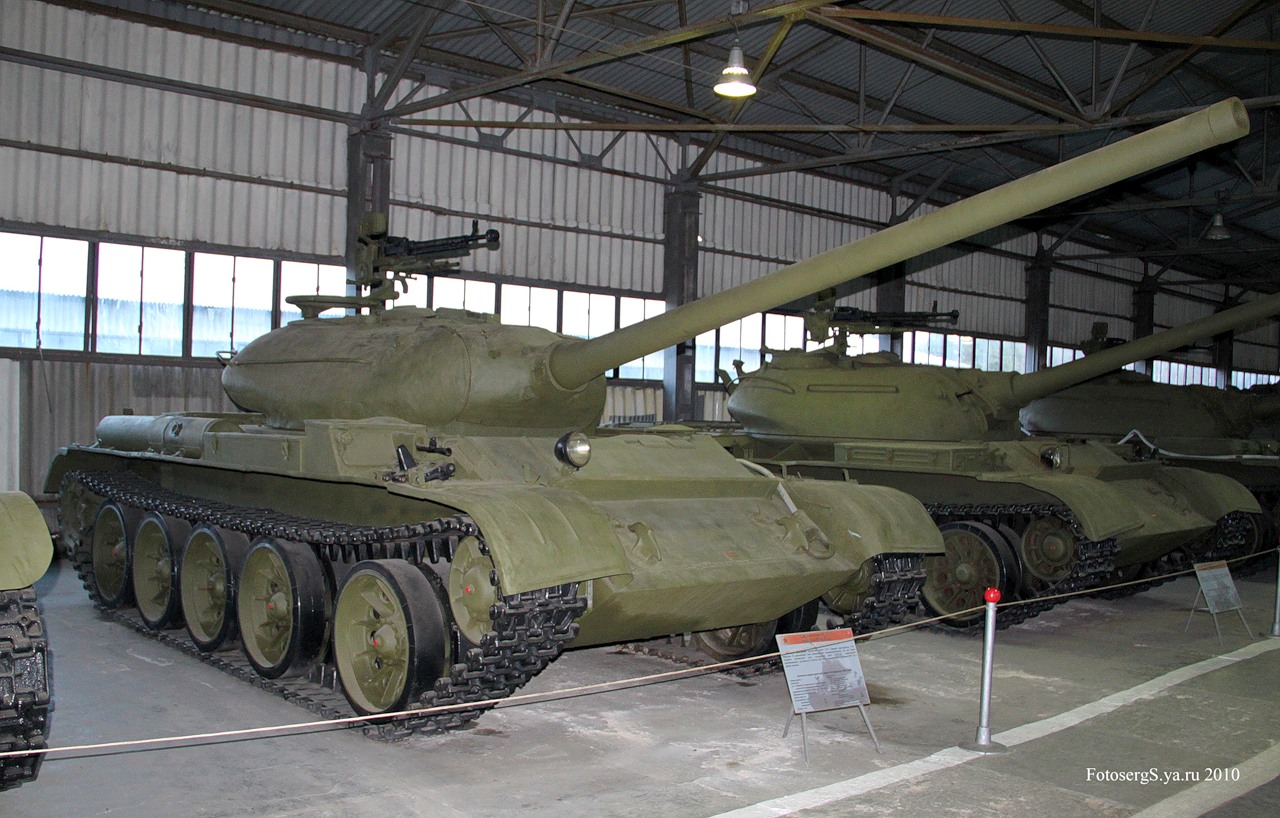
T-54 - first tank of the Cold War
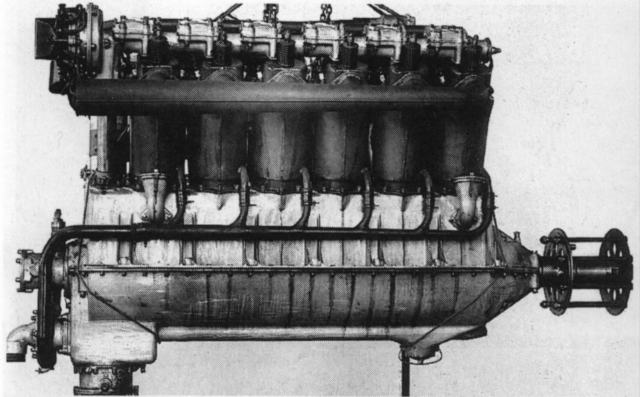
Tank engines

Use of depleted uranium in sub-caliber ammunition
234 U - about 0.006%;
235 U -> 0.7% (reported 0.71 or 0.72%);
238 U - approx. 99.28%.
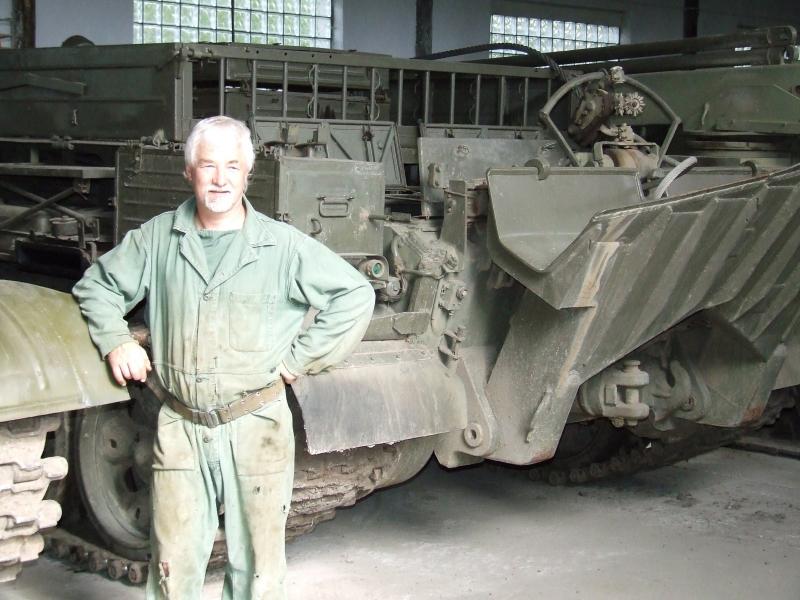
What's new "by Janoušek"?
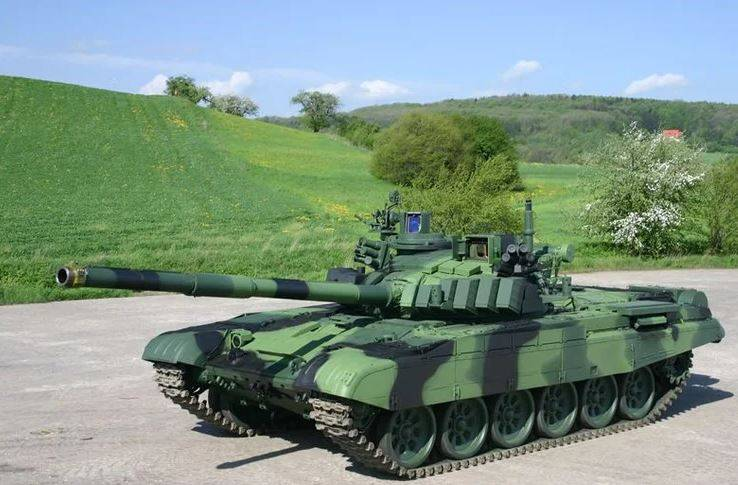
Why was the Czech modernization of the T-72 more successful than the Soviet and Russian ones?
Recently, information has emerged about the renewal of the Czech modernization program T-72, which took place in the late 90's. After that, 35 tanks for the Czech Army, which received the designation T-72M4 CZ, were modernized under this program by 2006, and the program was stopped for financial reasons. Now the Czech Republic is considering modernizing several hundred vehicles for its army and possibly for export.
Czech Republic (CZE)
Category for tanks from the Czech RepublicCzechoslovakia (CZK)
Category for tanks from CzechoslovakiaChina (CHN)
Category for tanks from ChinaFrance (FRA)
Category for tanks from FranceItaly (ITA)
Category for tanks from ItalyIsrael (ISR)
Category for tanks from IsraelJapan (JPN)
Category for tanks from JapanHungary (HUN)
Category for tanks from HungaryGermany (DEU)
Category for tanks from GermanyPoland (POL)
Category for tanks from PolandSlovakia (SVK)
Category for tanks from SlovakiaRussia (RUS)
Category for tanks from RussiaSoviet Union (SOV)
Category for tanks from the Soviet UnionSweden (SWE)
Category for tanks from SwedenUnited States of America (USA)
Category for tanks from USAUnited Kingdom (GBR)
Category for tanks from United KingdomUkraine (UKR)
Category for tanks from UkraineOther
Category for other, not yet categorized tanks
Identification
Category for tanks to identificationJoin us
We believe that there are people with different interests and experiences who could contribute their knowledge and ideas. If you love military history and have experience in historical research, writing articles, editing text, moderating, creating images, graphics or videos, or simply have a desire to contribute to our unique system, you can join us and help us create content that will be interesting and beneficial to other readers.
Find out more